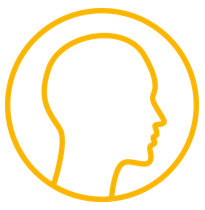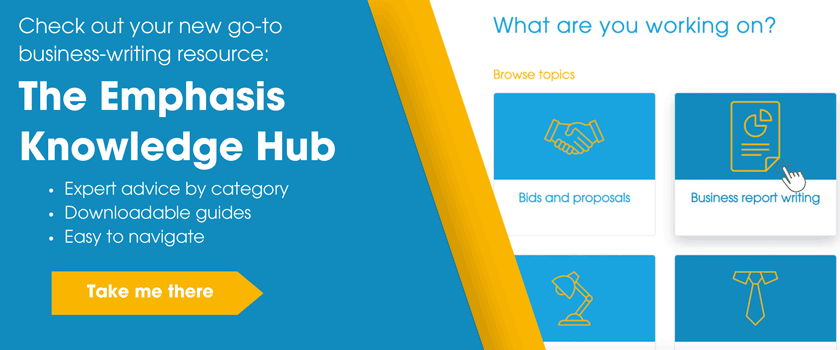 Organisations are full of documents that don’t work.
Organisations are full of documents that don’t work.
The CEO of a London bank recently told me that he’d spent 20 minutes of his last board meeting arguing over the meaning of a single paragraph in a report.
And the board had to get through ten other similar reports in that meeting.
Common mistake
I’ve heard many such stories down the years. Every day, people write documents that fall flat, send their readers to sleep or leave them scratching their heads.
I once spent most of an hour-long coaching call trying to get the author of a sales proposal to explain the meaning of just one of her own sentences. (Admittedly, it was a very long sentence.)
The most common mistake is relying exclusively on writing in the first place.
As I’ve said before, the trouble is that it’s not a natural process for the human brain.
We may have been doing it for over 5,000 years, but that’s just a heartbeat in evolutionary terms. It would take millions of years for our brains to develop specialist structures for it.
That’s why, even after years of practice, writing can feel so difficult.
A better way
When we write a report, our first instinct – of course – is to write. But that can feel so overwhelming that we may struggle even to get started for days.
We’re trapped in the hell of the blank screen, unable to see a way forward through the jumble of thoughts in our head.
And if we do manage to fight our way through it, that jumble often still makes it onto the page, confusing whoever ends up reading it.
But there is another way that is natural and can save us a lot of time: talk first, then write.
Smooth path
Speaking to the person we’ll be writing to (or someone who knows them well) can iron out many potential problems before we commit a single word to the screen.
Often, you’ll find that simply voicing your thoughts to someone else will clear up much of your own confusion and help you focus on the right areas.
And, if you do manage to speak to the reader, it will help smooth the path to a positive reception for the final document. They’ll feel like they’ve had a hand in creating it.
You may even find that this conversation is enough and you don’t need to write a report at all.
Write reports that work
Check out our Knowledge Hub for a whole host of resources to help you write better reports.
I’m also working on a free email-based course on this topic, which should go live soon. I’ll let you know when it does. (Subscribers to our newsletter, Writing Matters, will find out about it first. So be sure to subscribe to the newsletter if you haven’t already.)
And you can find out about our expert-led training here.
Main image credit: LaShawn Dobbs / Unsplash
The definitive guide to transforming the writing of individuals and teams
GET YOUR FREE PDF COPY NOWPopular topics
More topics





Comments